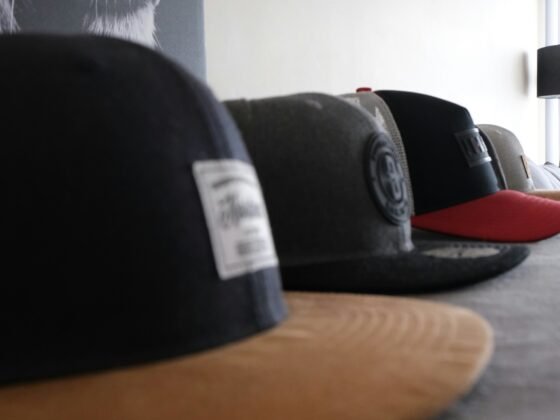Introduction
When it comes to tennis court surfaces, acrylic stands out as a popular choice due to its durability, versatility, and aesthetic appeal. However, understanding the cost associated with installing or resurfacing an acrylic tennis court is crucial for budget planning and decision-making. In this comprehensive guide, we delve into the various aspects of acrylic tennis court surface cost to provide you with valuable insights and assistance in navigating this essential investment.
Factors Influencing Acrylic Tennis Court Surface Cost
Surface Area
The size of the tennis court significantly impacts the overall cost. Larger courts require more materials and labor, thereby resulting in higher expenses. Conversely, smaller courts incur comparatively lower costs.
Surface Preparation
Proper preparation of the surface is vital for ensuring longevity and performance. Factors such as cleaning, repairing cracks, and leveling the court surface contribute to the overall expenses.
Type of Acrylic Coating
Acrylic coatings come in different grades and quality levels, influencing both the aesthetic appeal and durability of the tennis court surface. High-quality acrylic coatings may command a higher price but offer superior performance and longevity.
Additional Features
Incorporating additional features such as cushioning systems, line markings, and custom logos can enhance the functionality and visual appeal of the tennis court. However, these enhancements come at an extra cost.
Understanding the Breakdown of Costs
Material Costs
The primary materials required for an acrylic tennis court include acrylic resurfacer, acrylic color coating, crack repair materials, and surface sealants. The quality and quantity of these materials dictate the material costs.
Labor Costs
Labor costs encompass the expenses associated with surface preparation, application of coatings, line marking, and finishing touches. Experienced professionals ensure proper installation, albeit at a higher labor cost.
Equipment Rental
Specialized equipment such as rollers, sprayers, and line marking machines are essential for the installation process. Renting this equipment adds to the overall expenditure.
Maintenance Costs
While not upfront costs, maintenance expenses should be factored into the overall budget. Regular cleaning, repairs, and recoating are necessary to preserve the integrity and aesthetics of the tennis court surface over time.
Key Considerations for Cost-effective Solutions
Long-term Durability
Investing in high-quality materials and professional installation may entail higher initial costs but proves cost-effective in the long run by reducing the need for frequent repairs and replacements.
Comparative Quotes
Obtaining quotes from multiple contractors allows for comparison of pricing structures, enabling you to choose a cost-effective option without compromising on quality.
Maintenance Regimen
Adhering to a regular maintenance schedule not only prolongs the lifespan of the tennis court surface but also minimizes future repair costs and ensures optimal performance.
Conclusion
In conclusion, understanding the cost dynamics of acrylic tennis court surfaces is crucial for making informed decisions and budget planning. By considering factors such as surface area, material quality, and maintenance regimen, you can optimize costs while ensuring the longevity and performance of your tennis court. Whether you’re a homeowner, facility manager, or tennis enthusiast, investing in a high-quality acrylic tennis court surface promises years of enjoyment and play.
Image: Sicong Lee, Unsplash










